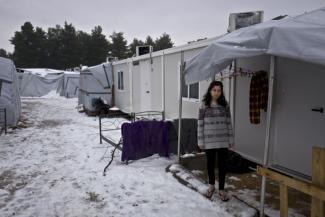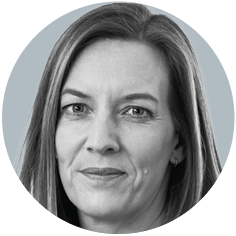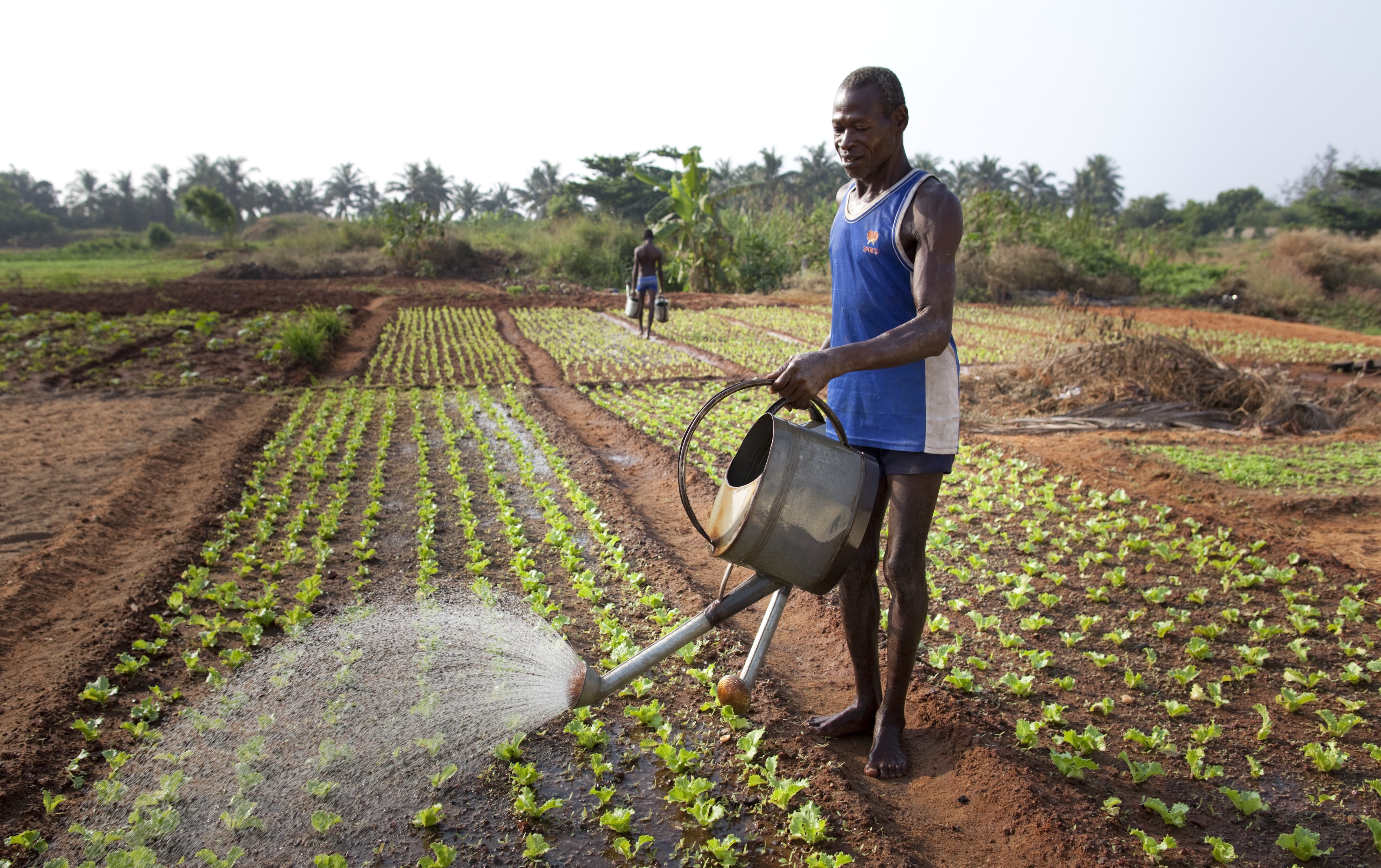ODA
Aid increase too small

The DAC is a club of prosperous nations, including economic powerhouses such as the USA, Japan¸ Germany and the EU. In 2015, its members disbursed $ 131.4 billion in ODA. That was 6.6 % more in real terms than in 2014. By ODA volume, the most important donors were the USA, Britain, Germany, Japan and France.
However, most of the additional money was spent in the donor countries themselves, especially in Europe. Much of it was used to support refugees. Related expenditure amounted to $ 12.1 billion or 9.2 % of total ODA. If the related sums are excluded, net ODA grew only by 1.3 % in real terms.
Many non-governmental organisations criticise this trend. Hilary Jeune of Oxfam international says OECD aid figures should not include refugee costs because “this is aid which never leaves rich countries”. And Sara Harcourt of ONE, the advocacy organisation argues: “Many countries are redirecting their aid – which is meant to fight poverty – towards covering the costs of refugees they are hosting. It’s absolutely right that we protect people fleeing war and insecurity, but we also must support the world’s poorest people.”
ODA has been rising steadily in recent years. From 2000 to 2015, the increase was 82 % in real terms. Nonetheless, donors are still far from fulfilling the pledge they made to the UN to spend 0.7 % of GNI on ODA. For all DAC members combined, the share was only 0.3 % in 2015. Only a few countries met or exceeded the 0.7 % goal: Denmark, Luxembourg, the Netherlands, Norway, Sweden and Britain. Germany’s share was 0.5 % up from 0.4 % in 2014.
According to OECD, the largest share of total ODA, which includes funding from non-DAC members and multilateral donors, went to Syria, which received $ 4.9 billion. Afghanistan was second ($ 4.3 billion) and Pakistan third ($ 3.8 billion). Ethiopia and India both received $ 3.2 billion. The group of least developed countries got $ 43 billion. Total ODA for sub-Saharan Africa amounted to $ 42.8 billion.
Link
ODA figures 2015 by OECD/DAC:
www.oecd.org/dac/financing-sustainable-development/development-finance-data/final-2015-oda.htm









